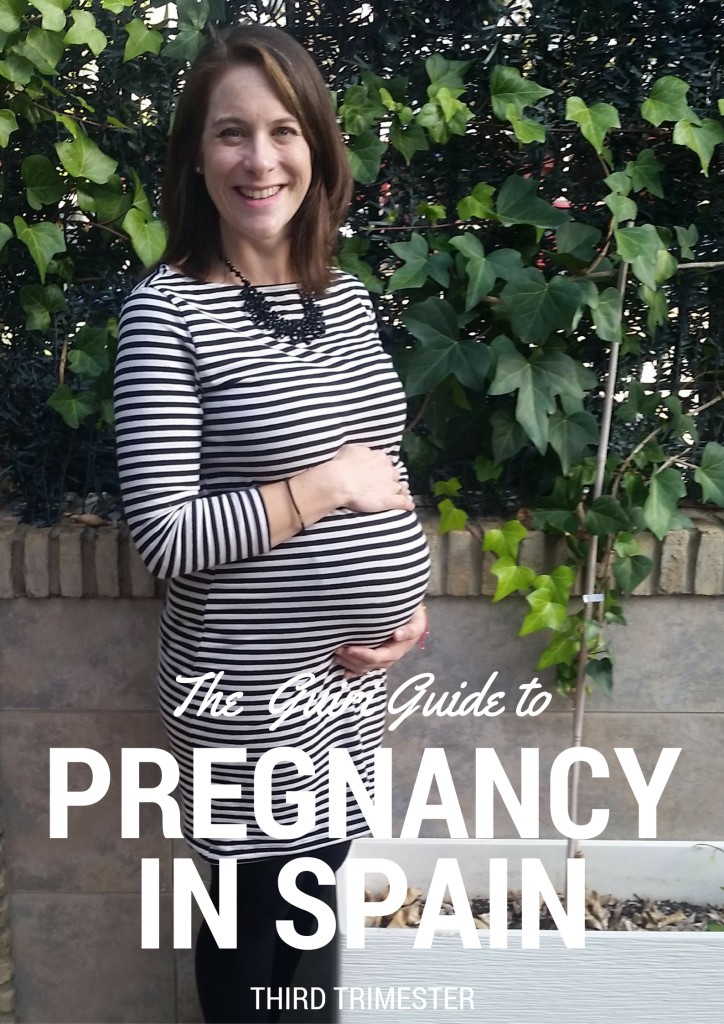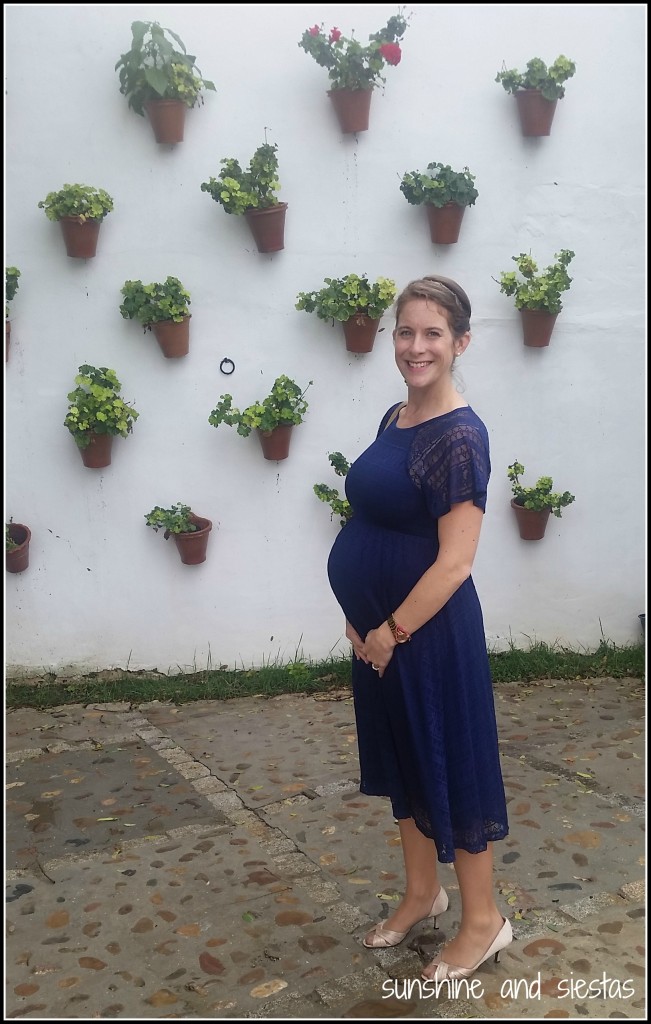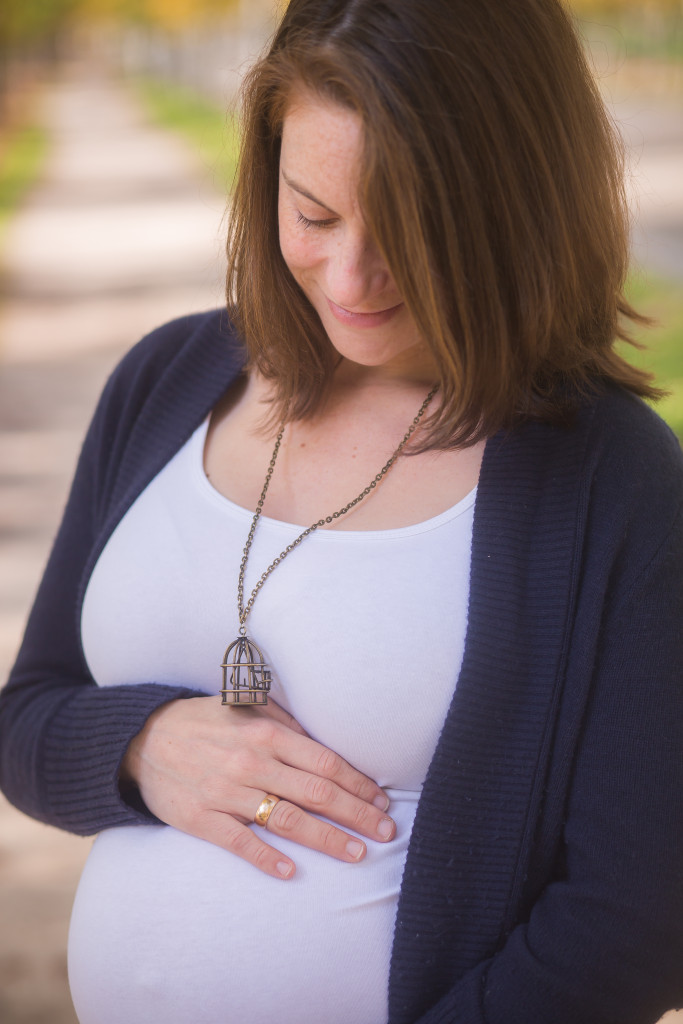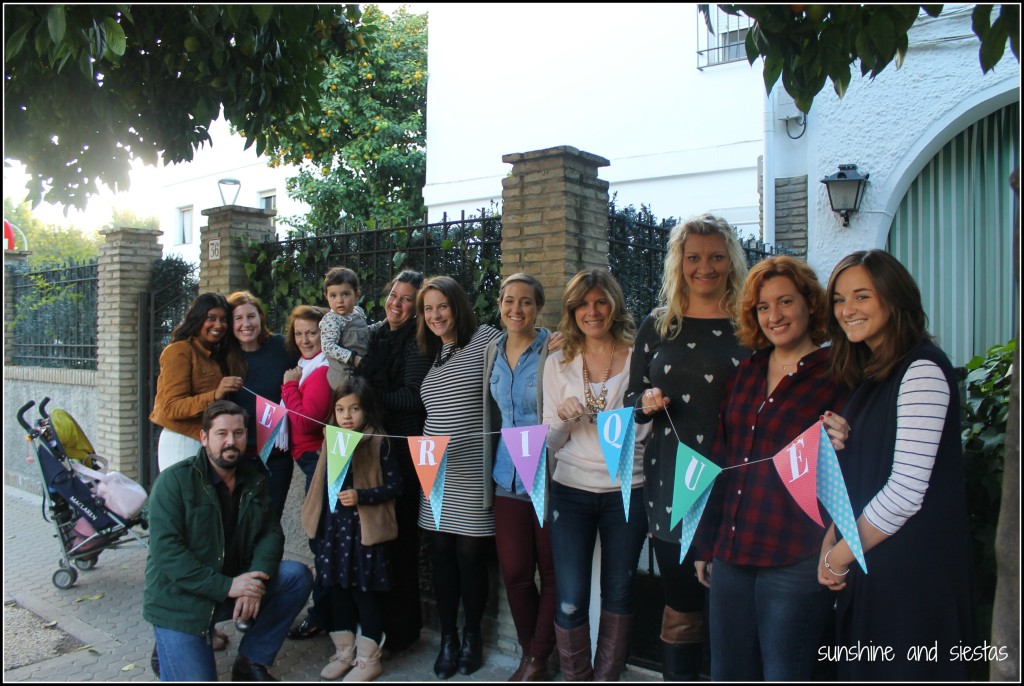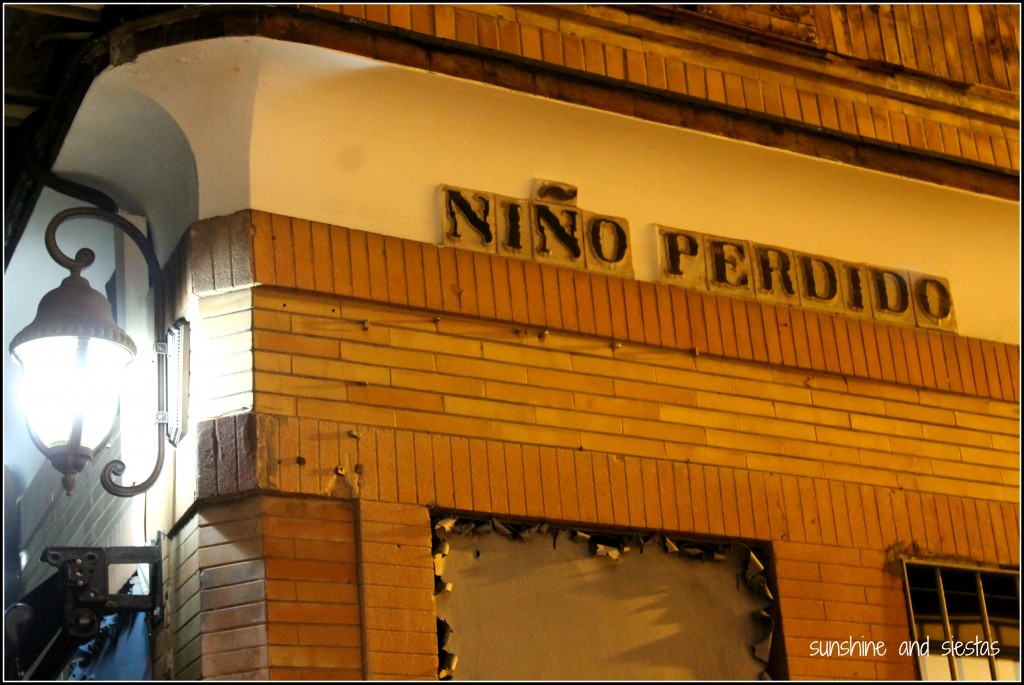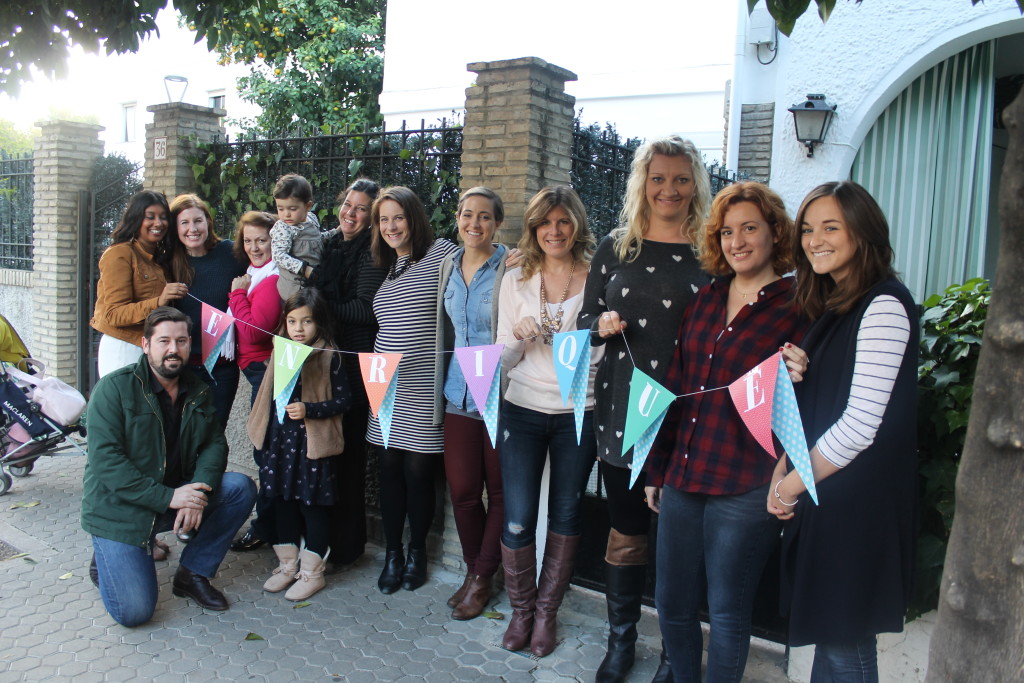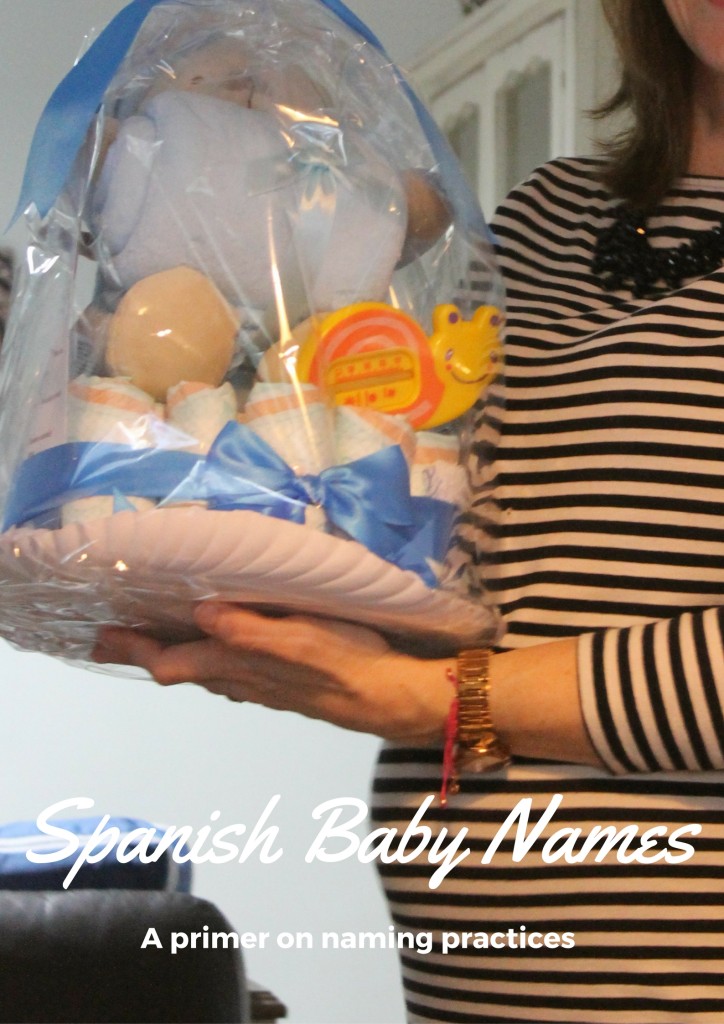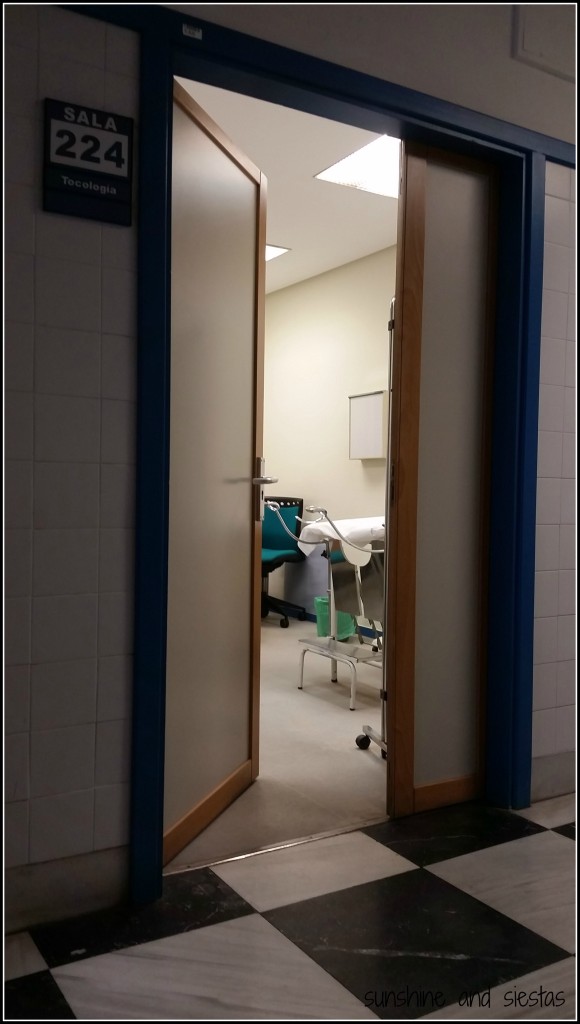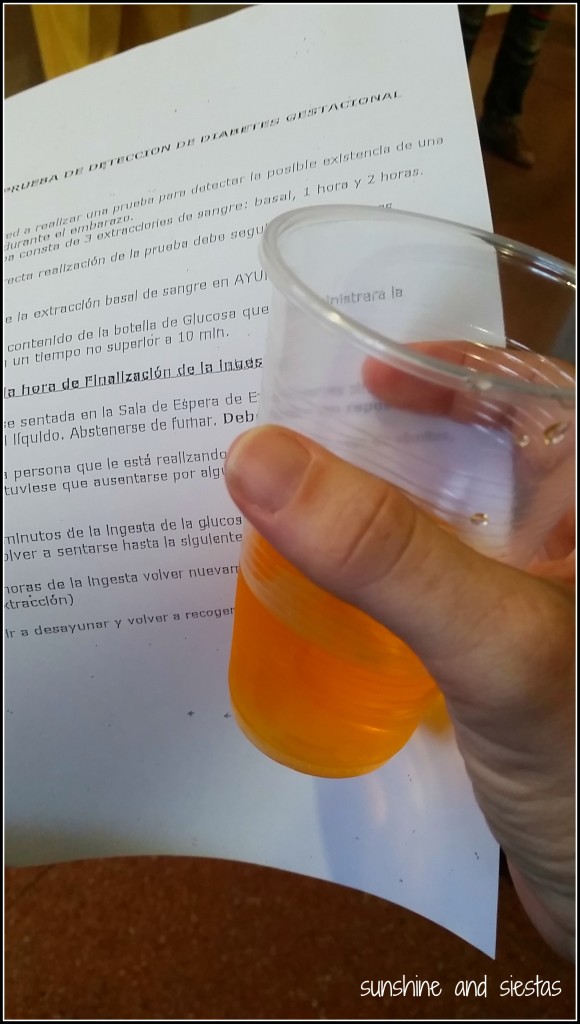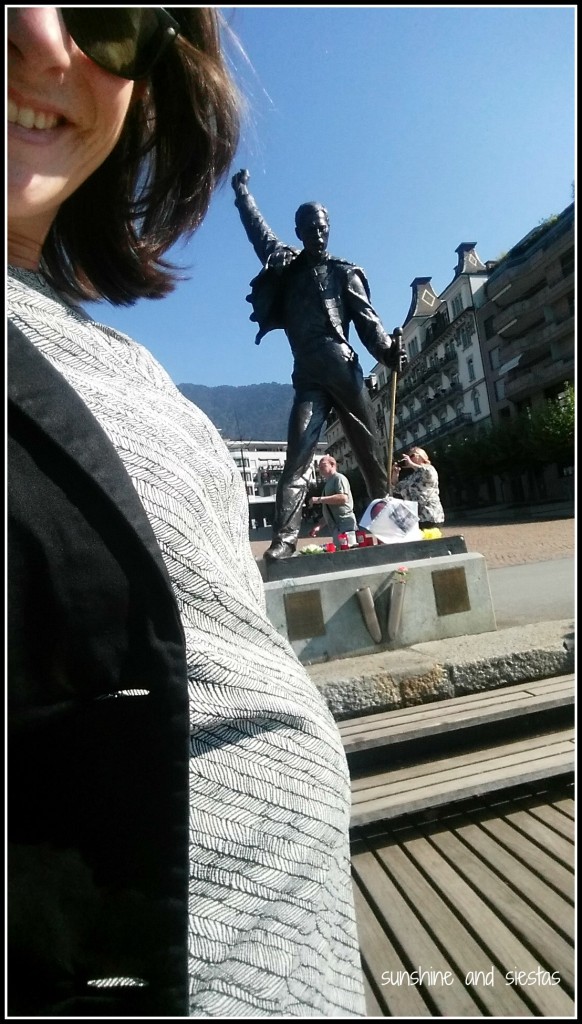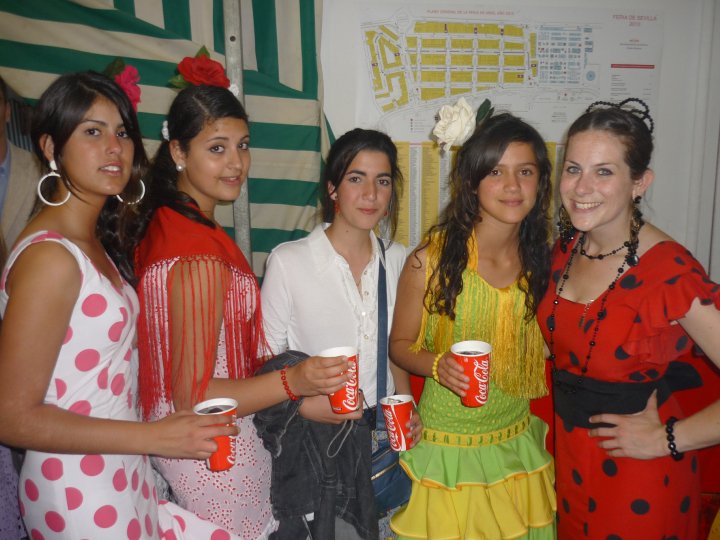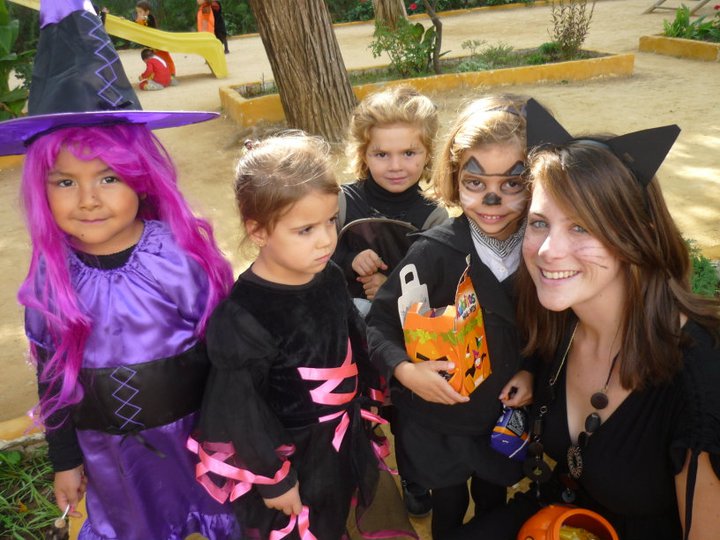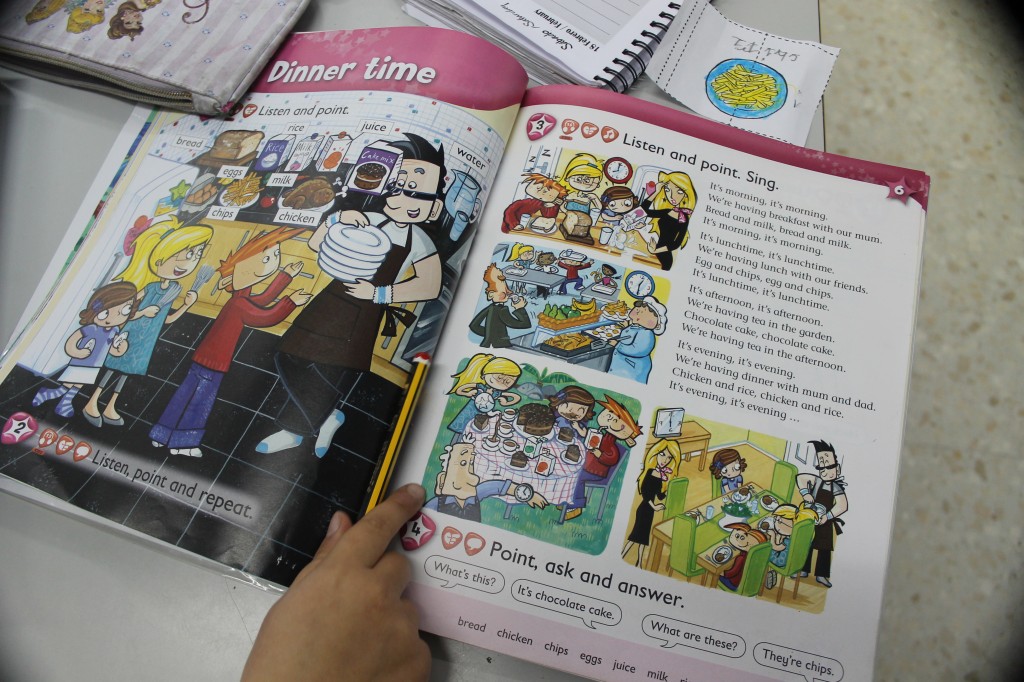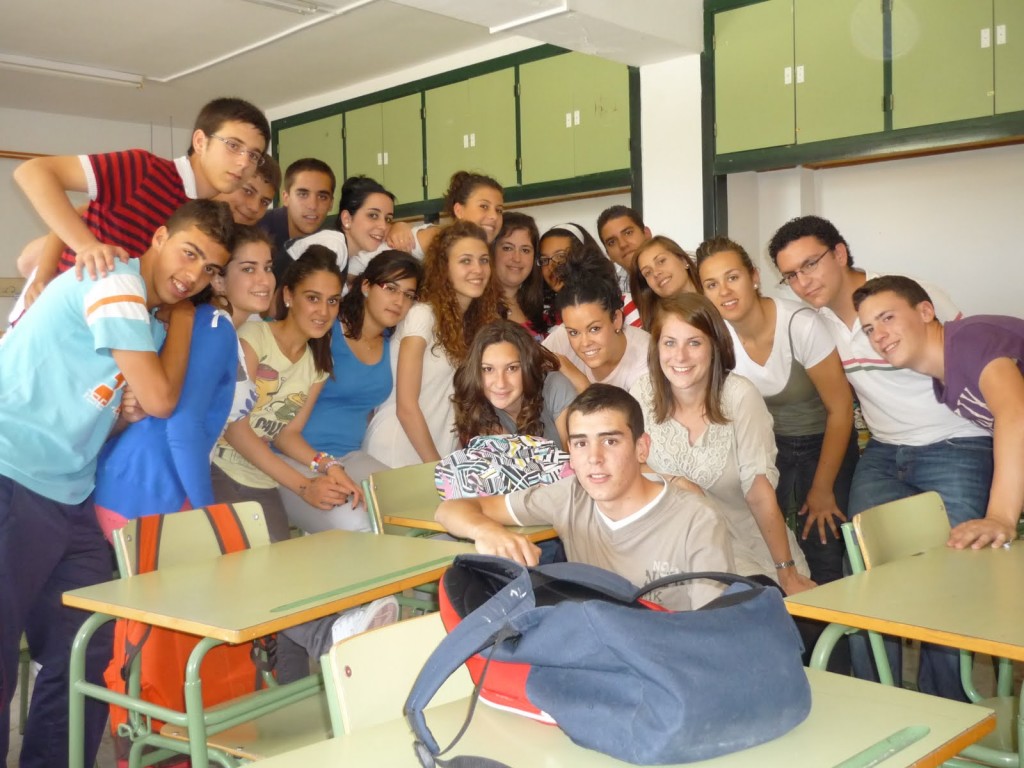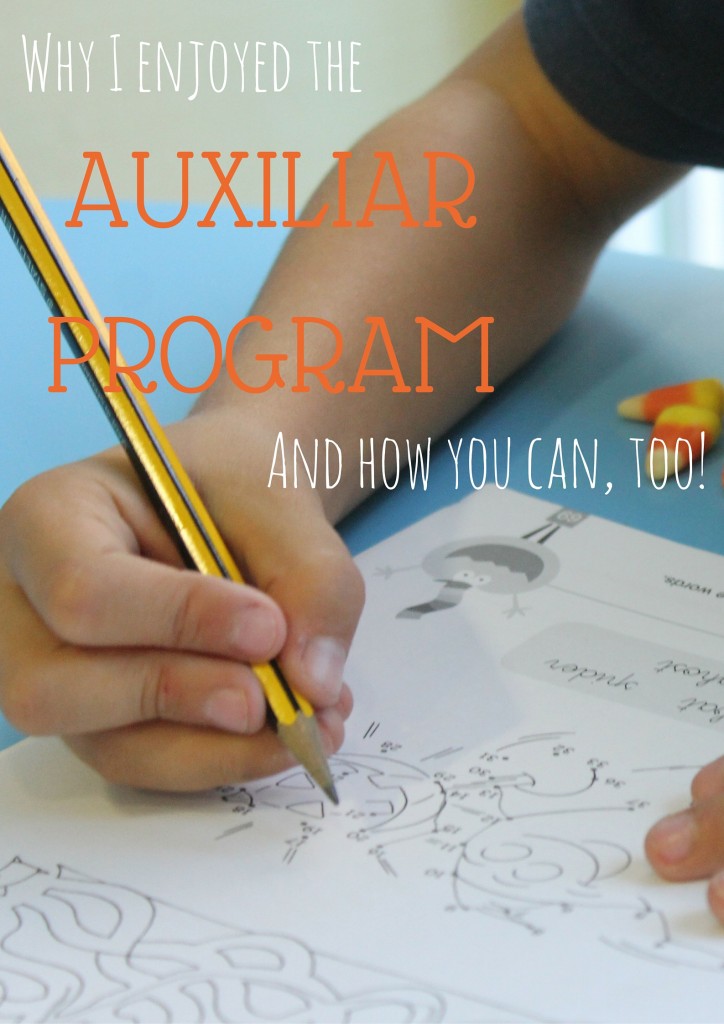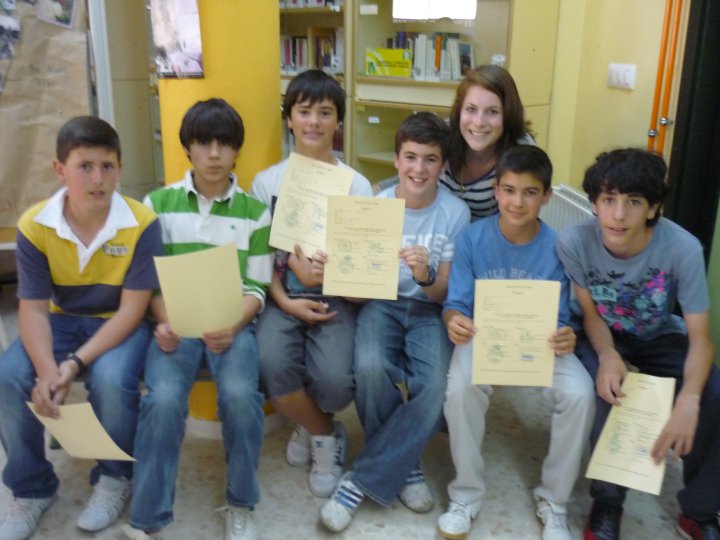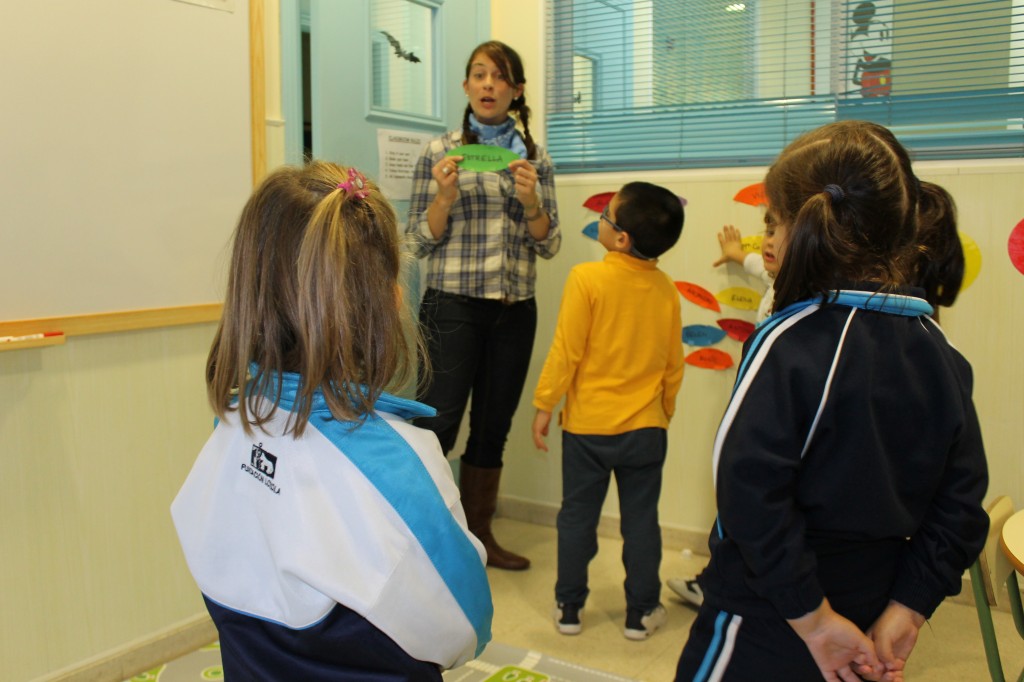Andalusia has the winning combination of weather, history and culture and wallet-friendly prices, making it especially tempting for a family trip to Spain. Kids will faun over castles, stretches of some of Spain’s best beaches and theme parks: older kids and teens will appreciate activities dedicated to their interests and energy levels.
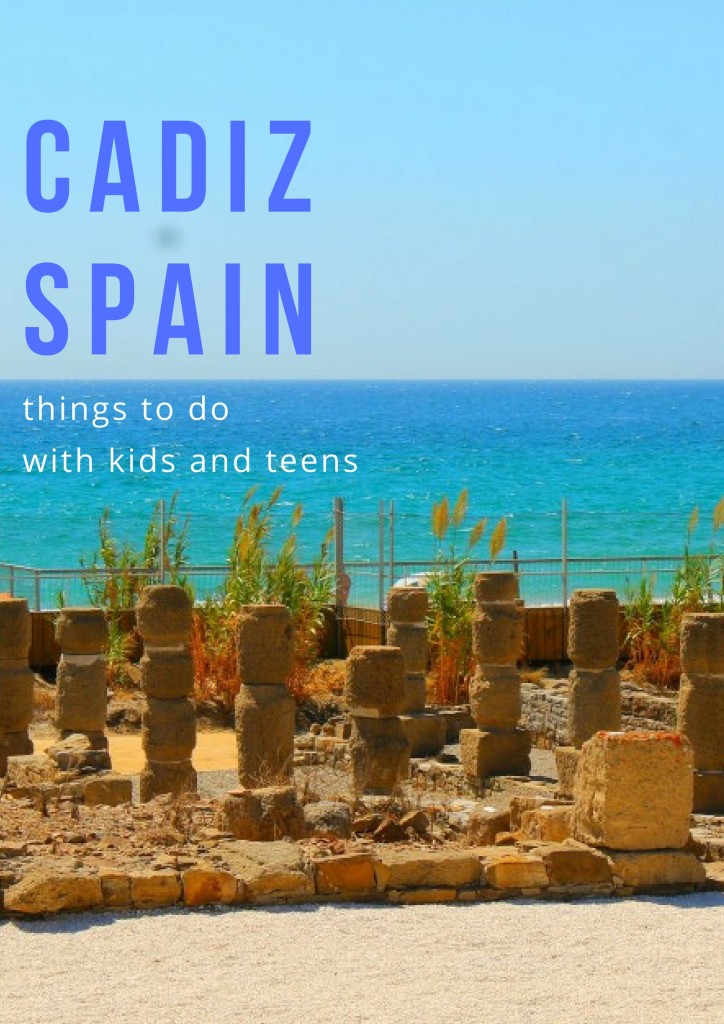
The Cádiz province, considered to be the oldest continuously-inhabited part of Europe, is a favorite for Spanish holiday-makers in the summer. Roughly 30 blue flag beaches, whitewashed mountaintop towns and a robust gastronomic tradition are my top picks for things to do with family in Cádiz:
Kitesurfing, Windsurfing and Adventure camps (Tarifa)
The pico of land at the very south of Spain (and, indeed, of Europe) straddles the Mediterranean and the Atlantic Oceans, making it one of Iberia’s windiest points and one renowned for kitesurfing and windsurfing worldwide – the town of Tarifa boasts about 300 windy days each year! And if that weren’t enough, the beaches of the Cádiz province are amongst Spain’s best stretches of sand and family friendly, too.
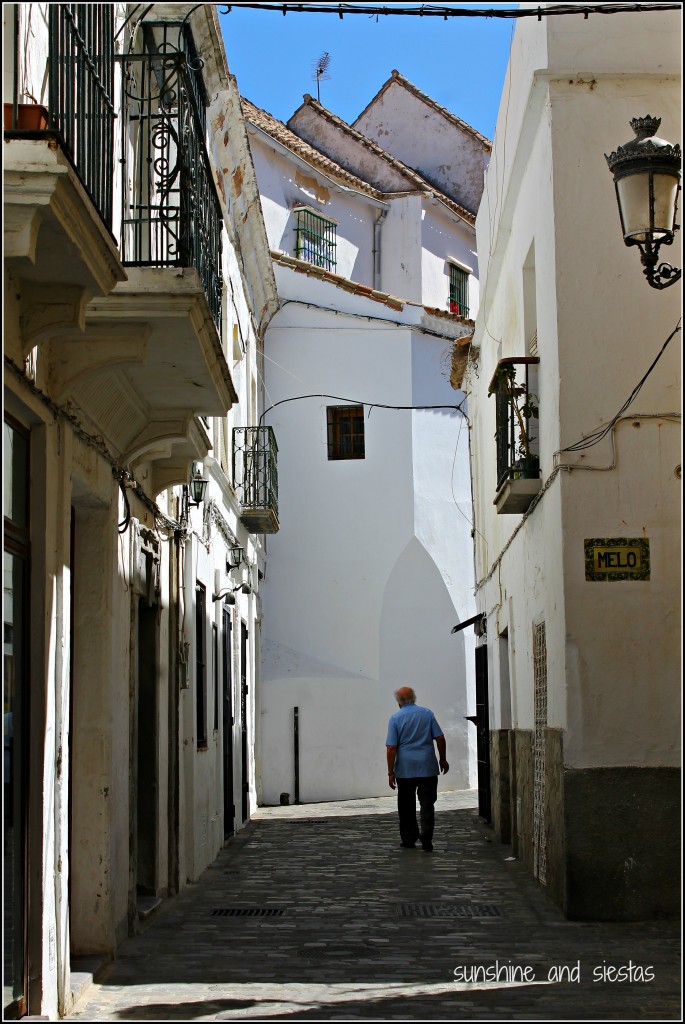
For adventurous teens over 14, combination teen summer activity and language camps such as Lenguaventura in Tarifa bring together project-based language learning with sporty activities. Participants can choose windsurf, kitesurf or adventure camps in either English or Spanish, and parents will know that 15 years of Swiss management make the camp safe for their kids. Prices include nearly every amenity; only inscription fees may be added.
A Campo Abierto (Medina Sidonia)
If you haven’t the stomach for bullfighting, you can visit a ganadería, or a livestock farm, where toros bravos are bred. And not just any farm – that of Alvaro Domecq, Jerez de la Frontera‘s prodigal son. Winemaker and former mayor of the Cádiz province’s largest city, Domecq’s name is almost always synonymous with the toro bravo, as it was Domecq that pioneered artificial insemination to ensure quality stock (and bullfighting on horseback, known as the rejoneo).

You can visit the family’s farm, inherited just before the Spanish Civil War from the Duke of Veragua, by guided tour. You’ll learn a bit about bullfighting and the rejoneo in addition to seeing bulls, oxen and stately Andalusian horses. Prices begin at 11€ for children, and you can add on sherry tastings and flamenco performances.
You can book tickets at A Campo Abierto and visit the charming village of Medina Sedonia while you’re at it.
Dolphin and whale watching (Tarifa)
Tarifa boasts more than just windsurfing – the Straight of Gibraltar is home to a variety of dolphin species and even killer whales. With success rates hovering over 95%, most companies will offer 2-3 hour boat trips through the Straight, providing information about the wildlife and ecosystem of Tarifa, as well as facts about marine mammals.
Not got your sea legs? You could consider adopting a dolphin!
Boat ride in the Doñana National Park
Europe’s largest nature preserve and most important wetland, UNESCO-lauded Parque Natural Doñana, straddles the Cádiz, Sevilla and Huelva provinces and is framed by the Atlantic Ocean and Guadalquivir River. Home to the Iberian lynx, wild water horses and countless species of aquatic birds, visitors can visit part of the expansive park as part of a boat ride while on foot (visits to Doñana can only be done via certified tour companies because of park protection measures).
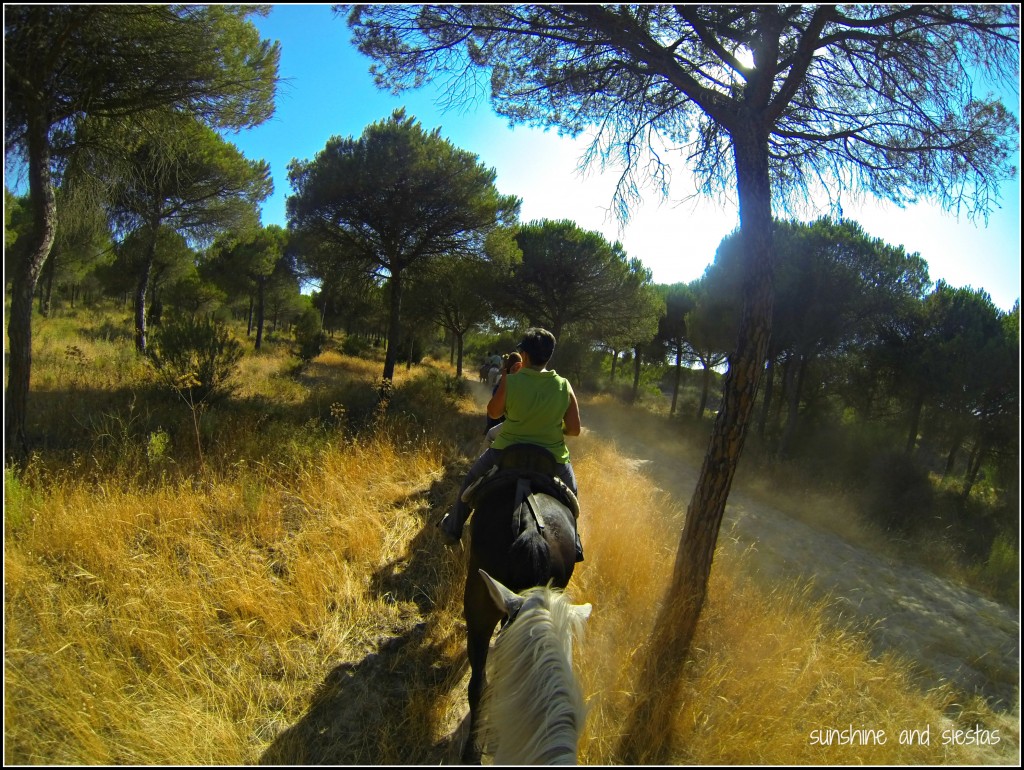
Setting out from Sanlúcar de Barrameda (a town known for its sherry production and exquisite tortilla de camarones in case you’re more into the gastronomic offerings), boat tours are about three hours and include a guided visit of the park during two stops. They also serve snacks and refreshments for purchase on the pontoon.
Doñana is under threat of more than just losing its UNESCO nod because of deforestation and human-started forest fires, depopulation of its fauna and ecological threats due to industry. I urge you to use responsible tourism companies whose carbon footprint does not add to the problems the park faces.
Biking the Vías Verdes
Using old train tracks as their guides, you can actual cycle along the old routes through some of the picturesque pueblos blancos, or white villages. The province of Cádiz boasts four “green ways” between 4 and 46 kilometers long.
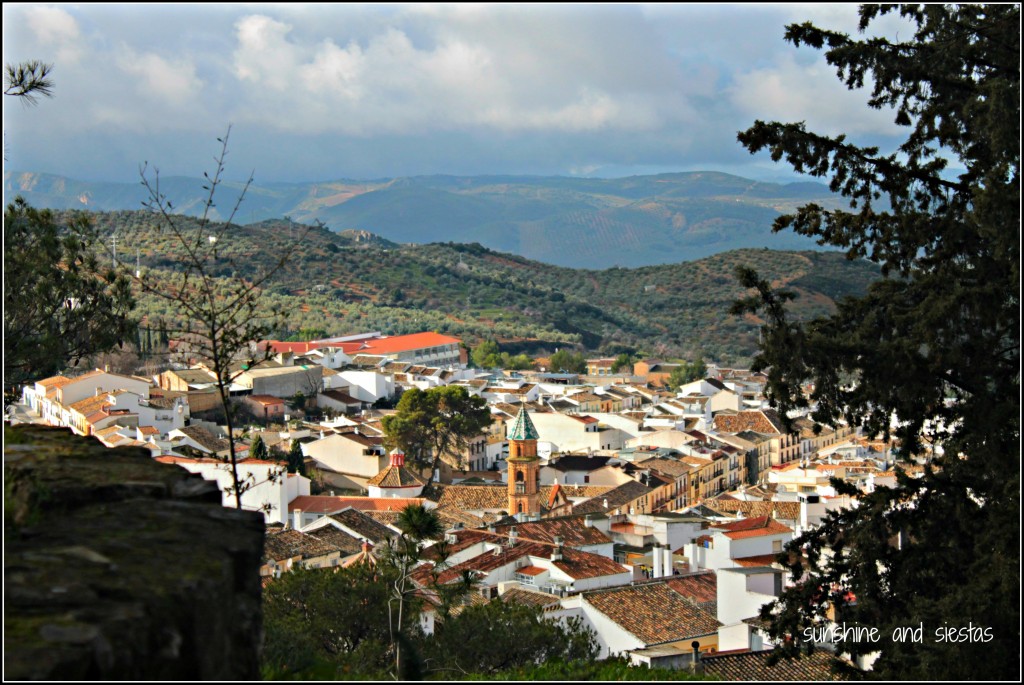
Snaking 36 kilometers through the countryside and mountains between Olvera and Puerto Serrano, this route (or a portion of it) will take you through natural parks and near rivers, over old bridges and through tunnels that once served the southwest corner of Spain. If you’re looking for something closer to Cádiz city, the Vía Verde Entre Ríos travels along the coast between the towns of Rota, just across the bay, and Sanlúcar la Barrameda.
Pack a bocadillo, rent bike gear, and enjoy an active day out.
Getting to Cádiz is easy via Seville, Málaga and even Jerez de la Frontera, where you can find cheap connections across Europe and even to the USA via Málaga. There are also a number of charming boutique hotels and campgrounds.
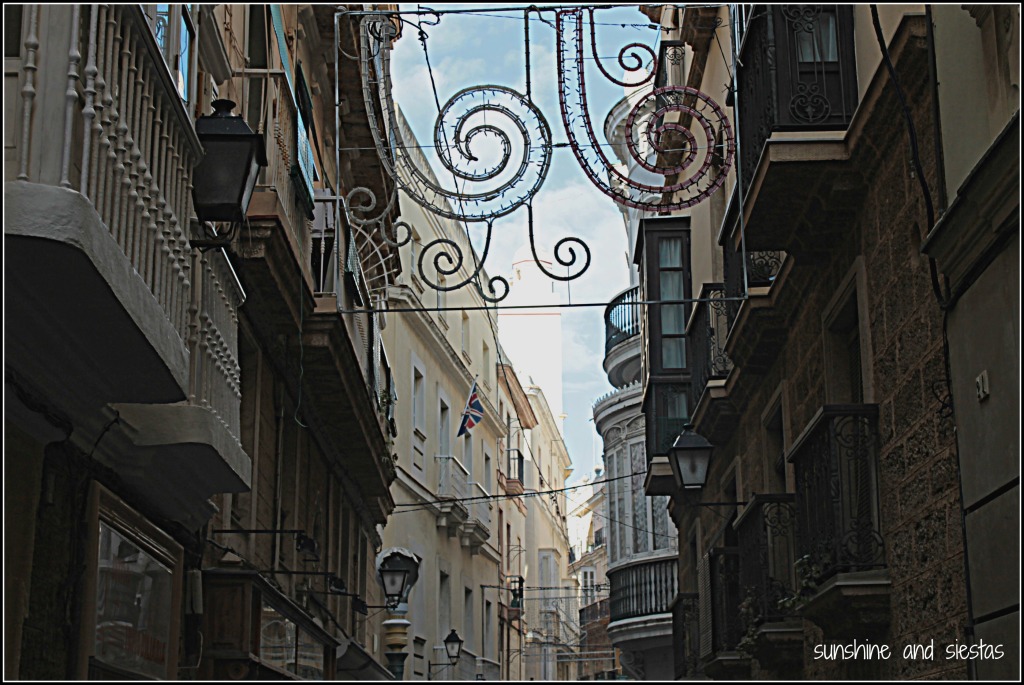
Looking for more activities for kids and teens further afield? I’ve written about my top picks for families in Andalucía and great things to do with kids in Madrid. I’ve also written about a number of UNESCO World Heritage sites, many of which can be found in Andalusia.
Do you have any tips for great, interesting things to do with family in Andalucía?

